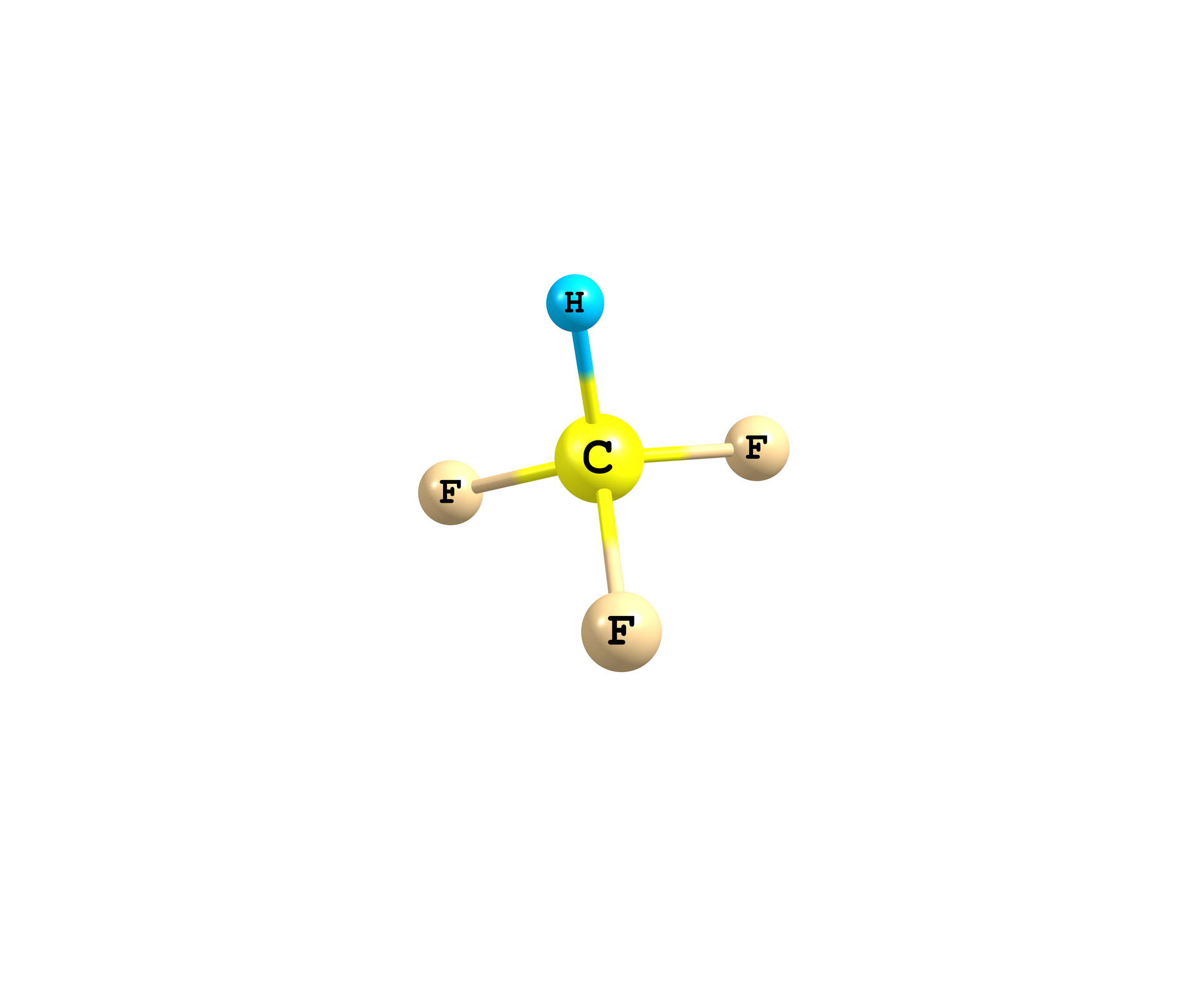Nucleophilic, Radical and Electrophilic Trifluoromethylation Using Fluoroform
TECHNOLOGY NUMBER: 7153
Tags:

OVERVIEW
Inexpensive, high-yielding, and recyclable borazine trimethylation reagents- Capable of transferring -CF3 to a wide variety of organic compounds
- Derived from fluoroform without creating silicon waste products
BACKGROUND
The trifluoromethyl functional group (-CF3) is important for the development of small-molecule drugs to improve desirable drug-like properties. From 2010-2013, 60 new fluorine-containing structures entered into the drug market, and ~40% of new small molecules that entered phase III trials in 2012 & 2013 contained fluorine. Although fluoroform is itself inexpensive (as it is a byproduct of Teflon manufacture), the cost of current trifluoromethylation methods is high due to the requirement of using expensive bases. Additional drawbacks to current methods stem from the fact they they require expensive bases, stoichiometric metals/salts, low temperatures, produce unwanted waste from strong Lewis acids, and have low generality. These issues decrease the feasibility of using organic and inorganic trifluoromethylation reactions in an industrial setting by significantly increase the cost of having fluorine in a drug.
INNOVATION
University of Michigan researchers have developed a library of recyclable borazine-CF3 adducts for trifluoromethylation reactions. These adducts provide optimal stabilization of the nucleophilic trifluoromethyl anion (CF3-) without undergoing undesirable and irreversible side reactions with common inexpensive, sterically unhindered bases. By allowing for the use of inexpensive bases, the cost of the trifluoromethylation reaction is significantly lowered. It is further lowered by the regeneration of the free Lewis acid after high-yielding CF3-transfer.
The technology is capable of transferring CF3 to a wide variety of organic compounds and diverse transition metal and main group element substrates in less than one minute at room temperature. This includes generation of commonly used trifluoromethylation reagents such as: Ruppert's Reagent (TMSCF3), Langlois reagent (KSO2CF3), and Togni I (electrophilic hypervalent iodonium). These compounds include: non-enolizable aldehydes, ketones, esters, acid chlorides, imines, carbonates, isocyanates, trifluoromethyl ketones, alkynyl and vinyl ketones, election-deficient aromatic sp2centers, carbon dioxide, and carbon disulfide.
The developed trifluoromethylation reagents could be used to improve the feasibility of the syntheses for commercially available fine chemicals and/or commercialized as a more economically viable trifluoromethylation reagent. The technology is stable in the absence of moisture as a DMSO stock solution. Unlike current systems, this technology does not produce silicon-containing waste products.